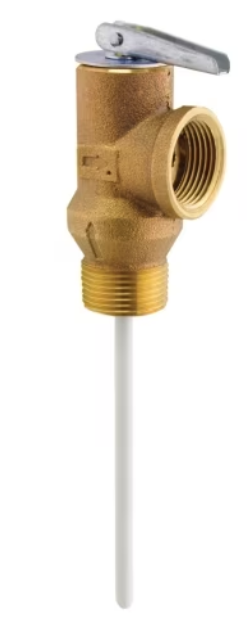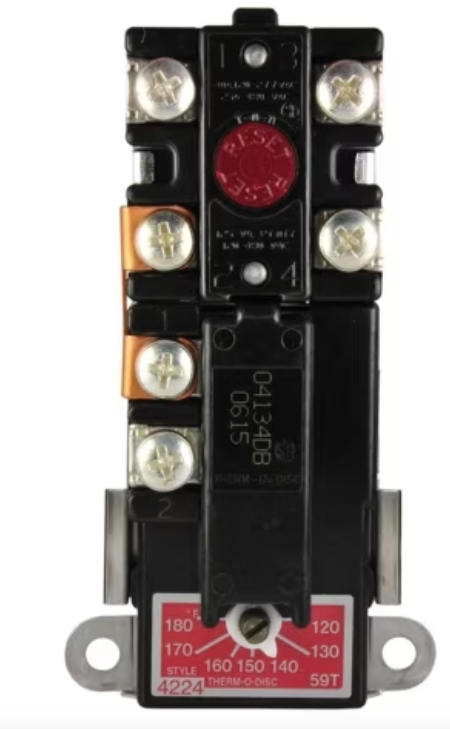
Understanding the care and maintenance of Rheem electric storage water heaters is key to upholding their longevity and ensuring peak performance. These steadfast appliances guarantee warm, comforting showers and a reliable hot water supply. In this blog post, let’s uncover some essential tips that contribute to a hassle-free experience, prolonging the lifespan of your water heater and optimizing its performance.
1. Regular Flushing for Sediment Removal:
Regular flushing of your Rheem electric storage water heater is a crucial step in its maintenance. Over time, sediment, minerals, and debris can accumulate in the bottom of the tank, the sediments at the bottom of the tank will also result in corrosion. This buildup can act as an insulating barrier between the heating element and the water, making it harder for the water heater to efficiently heat the water. As a result, your water heater has to work harder, which not only reduces its efficiency but can also increase energy costs.

Temperature & Pressure Valve
By periodically lifting the valve lever and regular flushing of the temperature & pressure valve ensures that the overflow is not choked, resulting in the tank being expanded or ruptured, promoting the long-term efficiency and durability of your water heater.
2. Temperature Check and Adjustment:

Thermostat with the preset temperature of 140°F
By ensuring that your water heater operates within an optimal temperature range, you enhance its energy efficiency, prevent scalding risks, extend its lifespan, and promote efficient heating. This not only reduces operating costs but also guarantees a consistent and reliable supply of hot water. Finding the right balance between comfort and energy efficiency is essential for keeping your Rheem electric storage water heater in top condition and enjoying the long-term benefits of cost savings and a safer, more efficient water heating system.

3. Visual Inspection for Leaks and Corrosion:
Regular visual inspections are paramount in detecting potential leaks and corrosion early on. Leaks can be an early sign of internal damage, while corrosion, if left unattended, can compromise the integrity of your Rheem electric storage water heater. Timely detection through visual checks can help prevent more significant issues and extend the overall lifespan of your water heater.

4. Anode Rod Replacement:
Anode rods are unsung heroes in safeguarding your Rheem electric storage water heater from corrosion. They sacrifice themselves to prevent the tank from rusting. Typically, anode rods have a lifespan of 3 to 5 years, but this can vary based on local water conditions and usage. When the anode rod is depleted, it’s essential to replace it to maintain the water heater’s protective barrier against corrosion. You can consult our professional technician from Rheem to determine the appropriate timing and procedure for replacement. This proactive step is critical for extending the life of your water heater, reducing the risk of leaks, and ensuring it continues to provide reliable hot water.

By implementing these care and maintenance tips for your Rheem electric storage water heater, you not only safeguard your investment but also ensure that these reliable appliances provide a consistent supply of hot water for an extended period. The significance of consistent maintenance extends beyond performance enhancement; it actively contributes to the longevity of your Rheem electric storage water heater. With regular attention and care, you can enjoy not only a comfortable but also a truly worry-free living experience, knowing that your hot water needs are in the hands of the water heating expert!
Subscribe

At Rheem, we strive to innovate
best-in-class products to lead the industry
in
environmental improvements.
Sustainability

